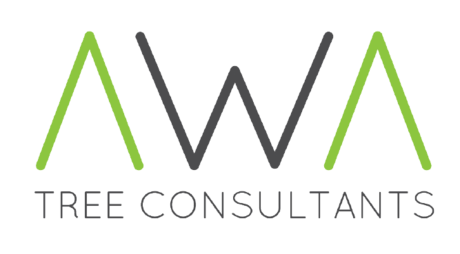Tree Risk Surveys
Also known as a tree safety survey or tree risk assessment, a tree risk survey is a type of inspection carried out to address any potential safety concerns. This type of survey is what you need if you are concerned about the health or safety of trees or your duty of care towards public safety.
With tree risk surveys, ensuring the safety of people and property is a top priority. When we consider the safety of specific trees, we have a clear understanding of the actual risks they pose, while also recognising their value to the local community and the environment.
At AWA Tree Consultants, we undertake tree risk surveys to primarily identify trees that pose an unacceptable risk. Our team will then put together a comprehensive report with prioritised recommendations to ensure our clients are able to meet their duty of care towards public safety – keeping risks to a minimum in the most cost-effective way.
Your Responsibility
As the owner of a tree, you have a legal responsibility for its safety. Under both civil and criminal law, landowners have potential liability for any harm or damage caused by a tree or branch falling from their land. While the overall risk trees pose to society is extremely low, the risk from an individual tree can, in rare cases, be very high.
Consequently, tree owners have a legal duty of care to take a balanced and proportionate approach to tree safety. A tree that could cause harm if it fell must be systematically inspected by a competent person and managed to keep risks low. This is where our expertise can provide valuable support.

Our Tree Risk Assessments
At AWA Trees, we use a common-sense approach when carrying out tree risk surveys. This involves managing the risks posed to the public while balancing other issues such as public access, biodiversity and amenity value. We appreciate that whilst trees do provide an enormous range of benefits, it’s important to note that the benefits do not override legal responsibilities for human safety.
When inspecting trees for public safety, our primary goal is to spot visible signs of structural issues that could pose a significant risk to people or property in the near future. We focus our efforts on trees that present the most immediate and serious danger.
How Do Our Tree Risk Surveys Work?
When deciding how or when to inspect a tree, the key factor we consider is the level of risk it poses if it were to fail. If it's unlikely to harm anyone, inspections can be less frequent or, in places like remote woodlands or areas with no public access, inspections may not be needed at all. However, if there is a high risk of injury to people, inspections should be more frequent.
The assessment of tree-related risks looks at how likely it is that a falling tree or branch could cause death, injury, or property damage. To explain this, we can break it down into four parts:
- The "source" (the tree or part of the tree)
- The "potential event" (such as a branch breaking off)
- The "consequence" (the type of harm it could cause to people or property)
- The "likelihood" (how likely this is to happen). The likelihood, or probability, is a key part of risk assessment
Tree Risk Methods
Our team applies common sense when understanding the risks from trees. Essentially, our judgements are about making sound, cost-effective risk-control decisions. When actions to reduce the risk of injury could also greatly reduce the benefits, we need to make sure those actions are reasonable, balanced, and appropriate. Along with considering how likely an injury is and how serious it could be, we should also weigh the benefits that the tree provides to individuals and society, even if it carries some risk.
At AWA, the Tolerability of Risk (TOR) framework is the foundation for our tree risk surveys and reports. Following the TOR model, we offer clear, easy-to-understand traffic light colour ratings to indicate risk levels: from green for broadly acceptable, to red for unacceptable.
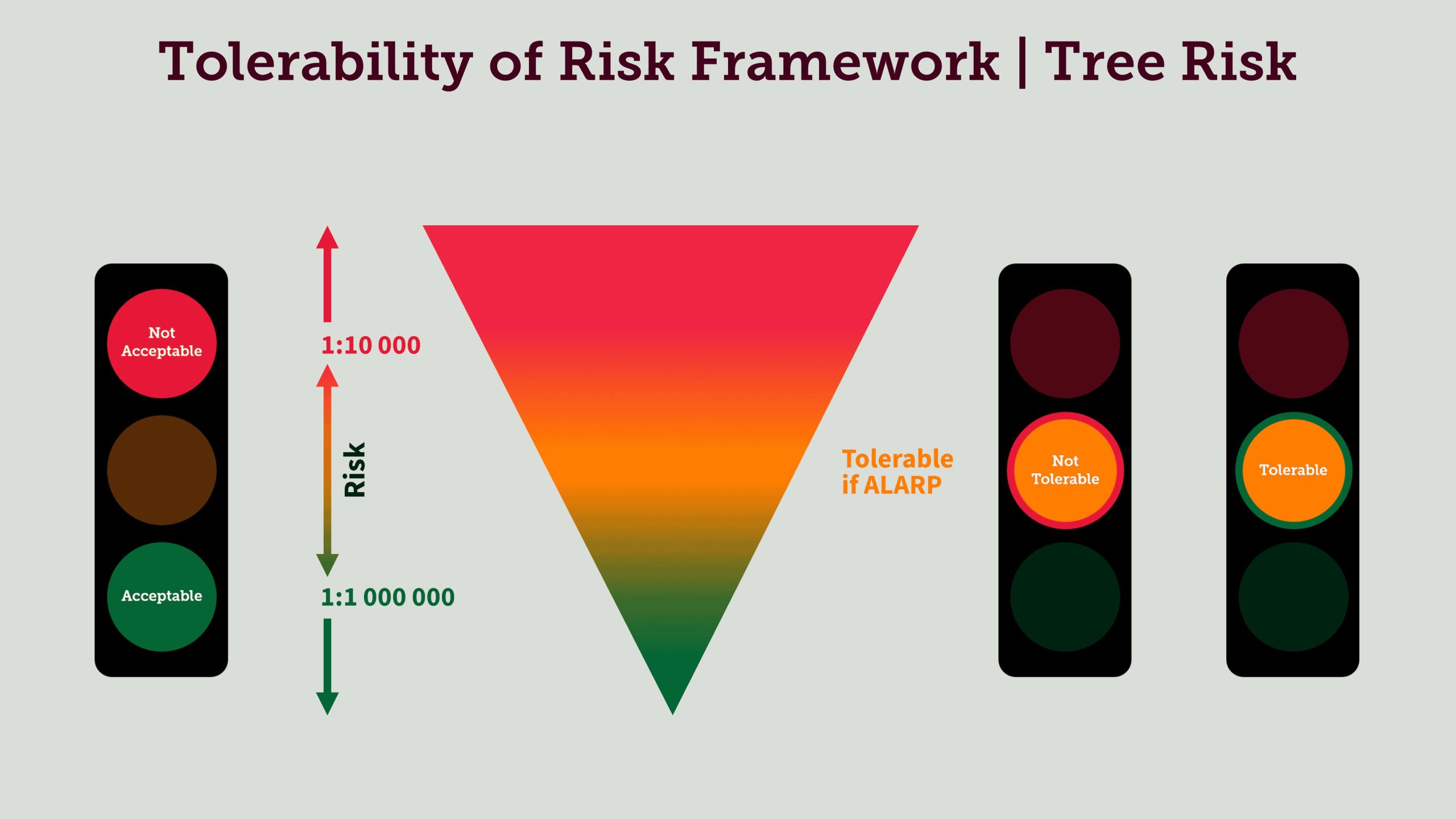
Quantitative Tree Risk Methods
Sensible judgements to balance benefits and risks will inevitably rely on a measure of qualitative and descriptive processes and subjective judgement. However, quantitative approaches contribute to sensible risk assessment, and they help guide our tree risk surveys.
Quantitative methods help us identify the actual risks, rather than imagined or exaggerated ones, which is essential for rational risk management.
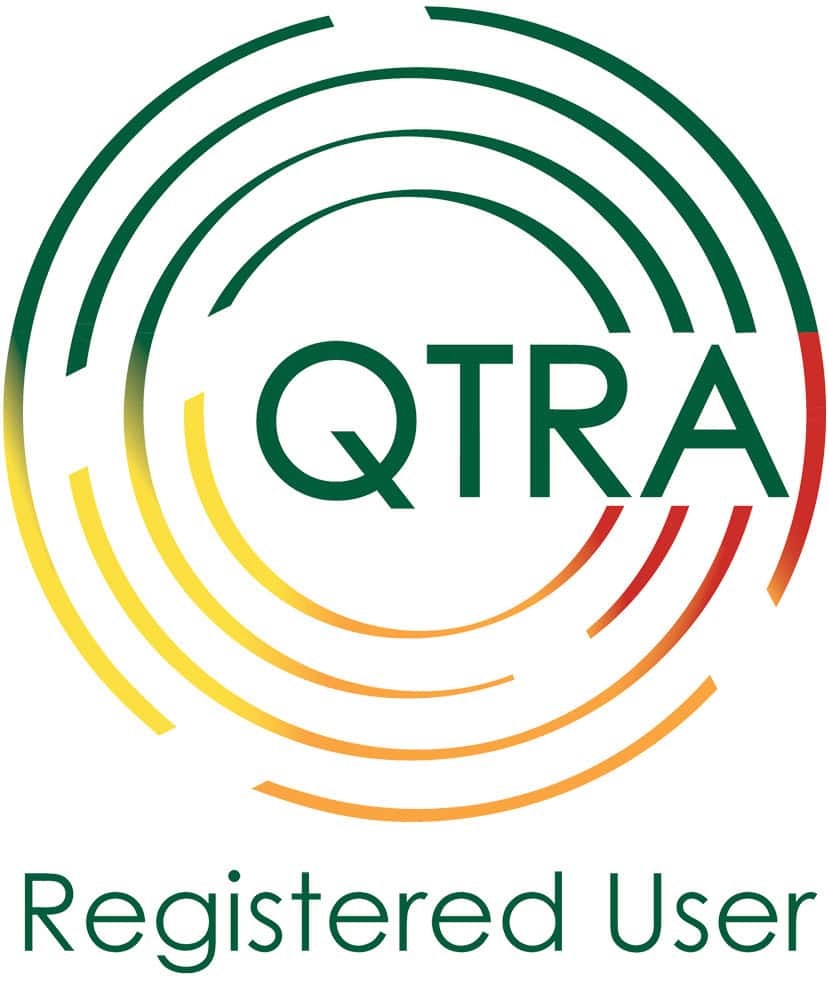
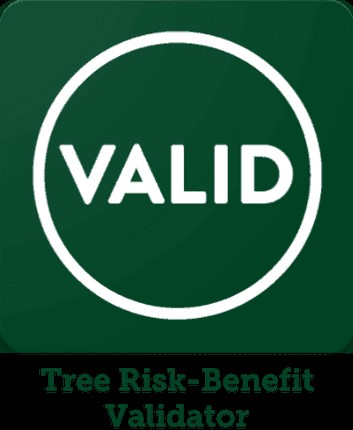
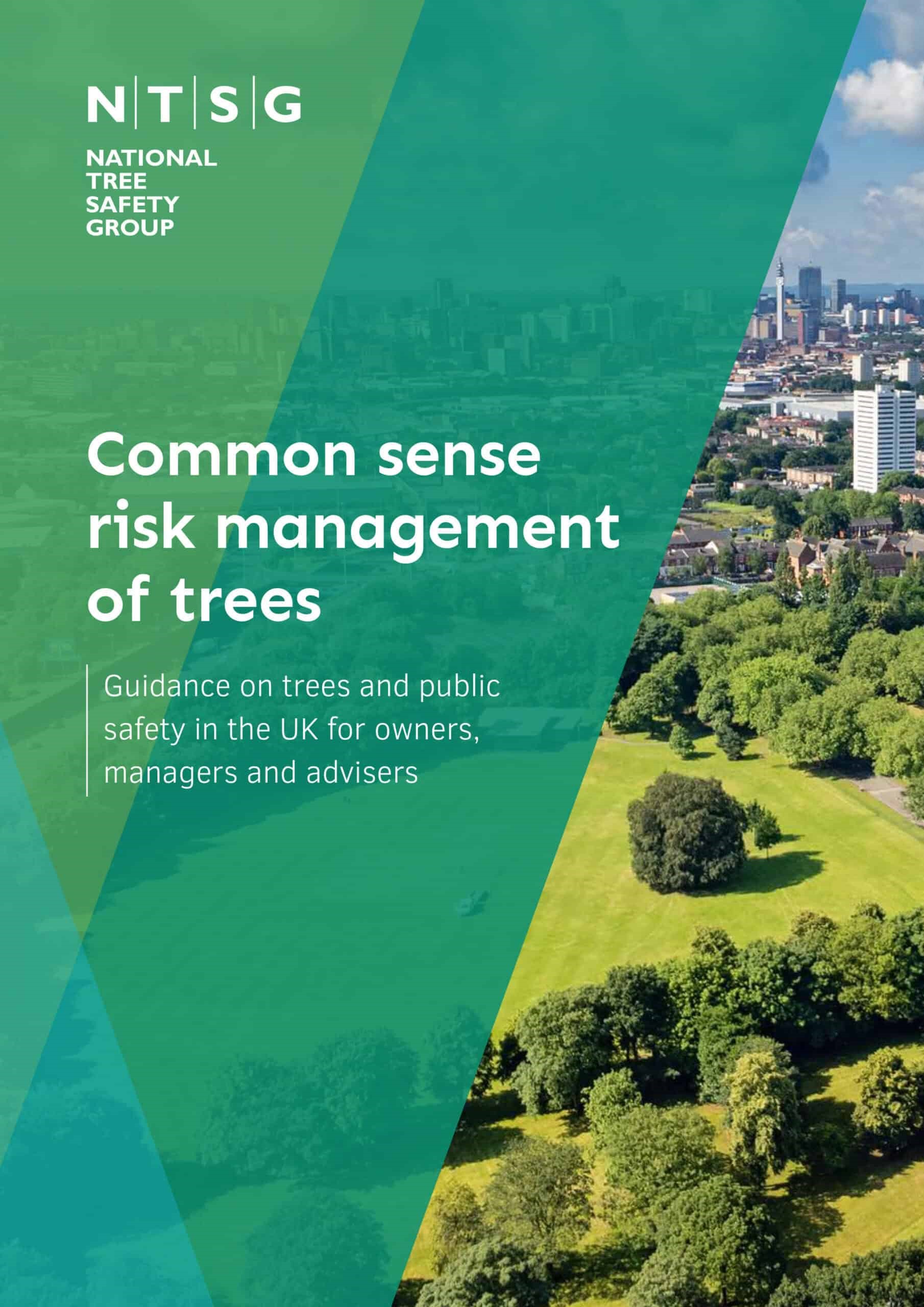
LANTRA Professional Tree Inspection Course (PTI)
This course and qualification serves as the minimum requirement for tree consultants conducting detailed tree risk inspections. It is intended for experienced and qualified arboriculturists who possess a deep understanding of plant and arboricultural science. All the team at AWA Trees have PTI in addition to their academic qualifications.
Why Choose AWA Trees?
Tree Risk Surveys At AWA Tree Consultants
If you’re worried about the health or safety of trees on your land, get in touch with our team of professional arboricultural consultants at AWA Trees. During your tree risk survey, we’ll assess the site and identify relevant trees with defects, disease or decay and assess how the structural integrity of each identified tree is affected.
Contact our team of experts today on 0114 2721124 and we’ll send you a free quote!
Tree Safety Survey FAQs
- Formal tree risk inspections
- Detailed data schedule on the surveyed trees
- A colour coded site tree plan
- Trees plotted onto plans using advanced GPS/Laser technology
- A comprehensive tree risk report
- Categorised management recommendations
- General management advice on the trees
- Advice on the legal status of the trees
- Advice on a tree management strategy and informal inspections
- Detailed decay detection when needed
Contact a member of our team to discuss your requirements in more detail.
- On a suitable date, one of our team will visit your site to assess tree risk, undertake formal tree inspections and tree risk assessment and make recommendations based on tree risk-benefit management strategy.
- We’ll then provide you with a detailed tree report designed to manage tree risk. This will explain what you need to do to meet your liability and goals.
